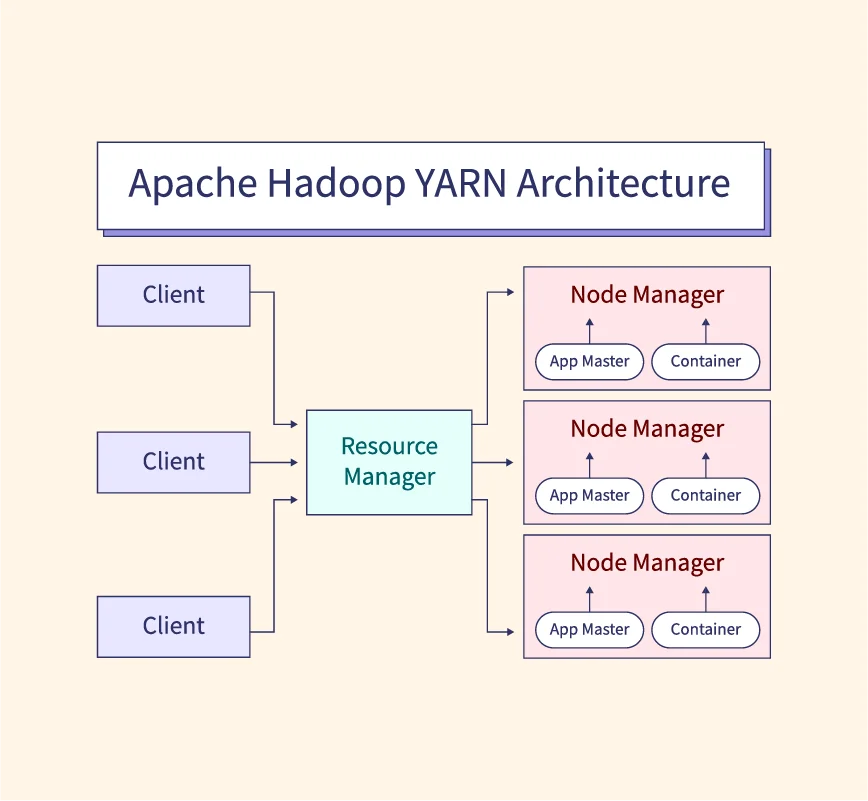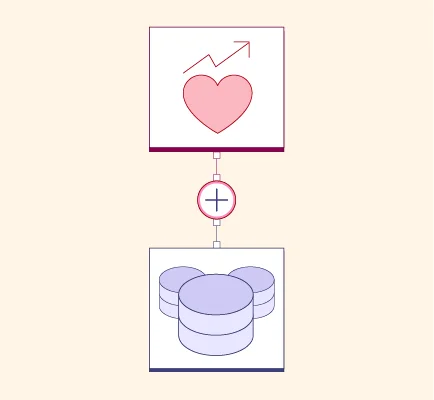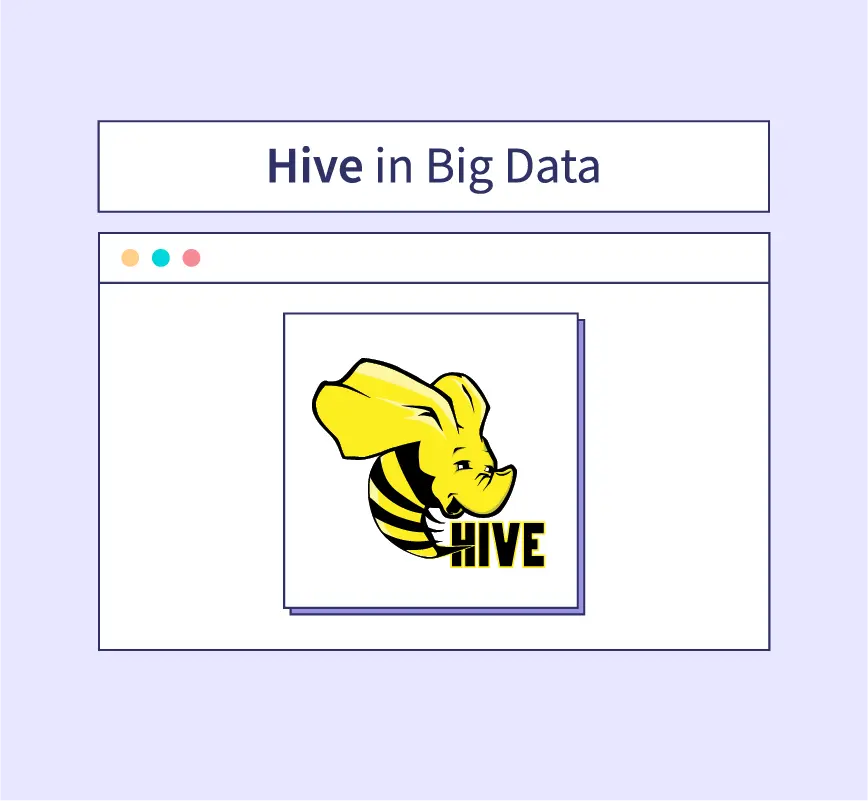Artificial Intelligence (AI) is transforming industries and reshaping how we interact with technology by enabling machines to perform tasks that typically require human intelligence. This includes functions like learning, problem-solving, and decision-making. As AI technology continues to evolve, understanding its various types becomes essential to grasp its capabilities and limitations. AI can be categorized into types based on specific functionalities and levels of intelligence, helping us identify the current and future potential of AI applications. This classification provides insight into the different stages of AI development and how they impact various industries.
Types of Artificial Intelligence Based on Capabilities
AI can be categorized by its capabilities, which refer to its level of sophistication and scope of functioning. Understanding these categories helps outline AI’s current applications and future potential.
1. Artificial Narrow Intelligence (ANI)
Artificial Narrow Intelligence, also known as Weak AI, is specialized in performing a single task or a specific set of tasks with remarkable accuracy and efficiency. ANI is commonly seen in applications where AI systems are designed to address particular needs, lacking adaptability beyond their predefined scope. Examples of ANI include voice assistants like Siri and Alexa, recommendation systems on platforms like Netflix and YouTube, and automated customer support chatbots. These systems operate within a limited framework and do not possess consciousness or self-awareness. ANI has become highly valuable for handling repetitive tasks, streamlining services, and enhancing user experiences.
2. Artificial General Intelligence (AGI)
Artificial General Intelligence, or Strong AI, refers to a level of intelligence where machines can understand, learn, and apply knowledge across various domains, similar to human intelligence. An AGI system would be capable of generalizing learning from one area to another and solving unfamiliar problems without being specifically programmed for each new task. While AGI remains theoretical, it is a major focus of AI research, with scientists working to overcome substantial challenges in building systems with reasoning and problem-solving capabilities. Achieving AGI would represent a significant advancement, although concerns about ethical and social implications persist.
3. Artificial Super Intelligence (ASI)
Artificial Super Intelligence represents a hypothetical future where AI surpasses human intelligence in all aspects, including creativity, problem-solving, and emotional intelligence. ASI is considered a stage that may emerge if AGI continues to develop and improve beyond human capabilities. Although ASI remains speculative, it has led to significant ethical debates and discussions around the risks of AI potentially acting autonomously or posing existential challenges.
Types of Artificial Intelligence on Functionalities
The functionality-based classification of AI provides insight into how advanced the technology is in understanding and interacting with its environment. Each type differs based on its ability to remember, learn, and make complex decisions.
1. Reactive Machines
Reactive machines are the simplest AI systems, programmed to respond to present stimuli without the ability to form memories or learn from past interactions. These AIs make decisions solely based on current conditions, which limits their adaptability and complexity. They are purpose-built, designed to excel at specific tasks rather than generalize across various applications.
A well-known example is IBM’s Deep Blue, the chess-playing AI that defeated Garry Kasparov in 1997. Deep Blue analyzed possible moves and their outcomes in real-time but lacked any memory of previous games. This type of AI performs exceptionally in structured environments like games, where rules are well-defined. Although limited, reactive machines can be effective where real-time processing is essential. These machines are widely used in rule-based systems, where consistency and predictability are paramount, even if they lack true “intelligence” by human standards.
2. Limited Memory AI
Limited memory AI represents a more advanced form of AI that can use stored information to enhance decision-making. Unlike reactive machines, limited memory AI can retain specific experiences or data temporarily, allowing it to make decisions based on recent patterns or trends. While not capable of long-term learning, this level of memory makes limited memory AI suitable for more dynamic, adaptive applications.
Autonomous vehicles are a prominent example, as they rely on limited memory to learn from past road conditions and adapt to traffic patterns in real time. By integrating recent data on speed, road obstacles, and other vehicles, they can make safer, more informed driving decisions. Limited memory AI is also used in predictive maintenance in industries where recent data on machine wear and tear enables timely interventions, showcasing its utility in environments that demand adaptation based on recent context.
3. Theory of Mind AI
Theory of mind AI is an evolving research area focused on creating AI systems that can understand human emotions, beliefs, intentions, and social interactions. Unlike simpler AI types, theory of mind AI seeks to replicate social intelligence, enabling machines to engage meaningfully with humans by interpreting and responding to mental states.
In the future, theory of mind AI could enhance social robotics, customer service, and educational tools by enabling machines to interact empathetically with users. For example, therapy robots or virtual tutors equipped with theory of mind AI could adjust their responses based on users’ emotional cues, creating a more supportive experience. However, this AI type raises ethical concerns, as understanding human emotions could lead to manipulation. Despite its potential, achieving true theory of mind in AI remains a challenging frontier in artificial intelligence research.
4. Self-Aware AI
Self-aware AI, the most advanced and hypothetical AI type, is envisioned as a machine capable of consciousness, self-perception, and independent thought. Unlike any current AI, a self-aware machine would not only understand the world but also have a sense of “self” and awareness of its existence, similar to human consciousness.
Potential applications for self-aware AI span advanced problem-solving in unexplored domains, autonomous systems in complex, changing environments, and ethical reasoning. In healthcare, for example, self-aware AI might lead to breakthroughs in personalized treatments and diagnostics. However, this form of AI raises deep ethical and philosophical questions about rights, autonomy, and control. If AI becomes self-aware, ensuring ethical development and governance would be crucial. Although it remains a theoretical concept today, self-aware AI pushes the boundaries of AI’s future potential.
Practical Applications of AI Types
Computer Vision and Reactive Machines
Reactive machines are effectively utilized in computer vision systems, especially in real-time monitoring and inspection tasks. For instance, AI systems in manufacturing use reactive machine-based computer vision to detect defects on assembly lines, improving quality control by processing visual data instantaneously without retaining previous information.
Robotics and Limited Memory AI
Limited memory AI powers robotics systems that need to adapt to changing environments. Autonomous drones, for example, rely on limited memory to navigate and adjust flight paths based on recent observations of terrain or weather. This enables drones to complete tasks safely while adapting to immediate surroundings.
Healthcare and AGI
Although AGI is still in development, its potential applications in healthcare could revolutionize diagnostics and personalized medicine. An AGI-powered healthcare assistant could analyze medical data comprehensively, considering the patient’s entire history to suggest tailored treatments, predict health risks, and assist in complex decision-making processes.
Social Robotics and Theory of Mind AI
Theory of mind AI holds promise for social robotics, especially in caregiving and customer service. For example, robots in elder care can detect emotional cues, adapting their responses to provide companionship and support. This empathetic interaction helps bridge the gap between humans and machines, making robots feel more relatable and supportive.
Super AI for Global Problem Solving (Future)
Super AI, or ASI, could theoretically address complex global challenges such as climate change, energy shortages, and disease prevention. By processing vast amounts of data and generating innovative solutions, super AI could tackle these issues on an unprecedented scale, making it a powerful tool for transformative change in society.
Conclusion
The classification of AI into different types highlights the diverse capabilities and potential applications of this technology. Understanding these AI types enables targeted development, allowing each form of AI to contribute uniquely to technological advancements and societal progress. AI’s growth will continue to reshape industries and redefine possibilities.
References:


